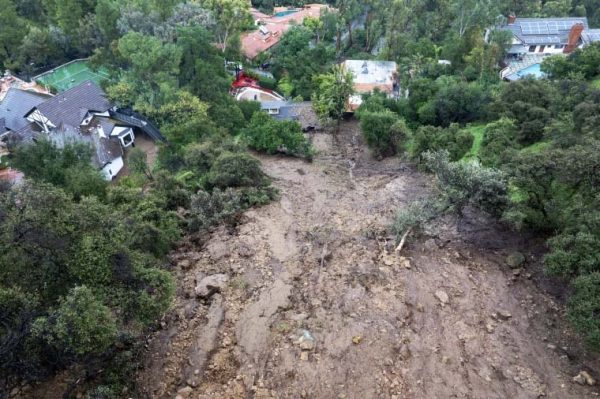Monkeypox – here’s the facts
Taking a look at the latest virus
August 12, 2022
You’ve probably heard something about Monkeypox online, from a friend, on the news. It’s important to know what the facts really are: what is it, how does it spread, what does it do, what can we do?
What is Monkeypox?
Monkeypox comes from the same virus family as smallpox. Recently there has been an outbreak of Monkeypox in certain parts of the United States, the three states with the most infections are New York, California, and Illinois. Indiana, at time of writing, has 62 cases, including infections in Marion County.
Transmission: how does it spread?
Monkeypox spreads through close contact with infected persons/fluids from infected persons. Direct contact with the scabs formed by Monkeypox has a high chance of transmitting the virus. Touching surfaces or objects used by infected persons may also transmit the disease to you. Monkeypox has limited spread through the air, though prolonged face-to-face interaction may spread it. Monkeypox is considerably less contagious than COVID-19. For as long as an individual is presenting symptoms of Monkeypox, they are considered infectious and should isolate themselves and disinfect objects they share with others.
Symptoms: what does it do?
Within three weeks following exposure to the virus, infected individuals will begin presenting symptoms. The symptoms generally will begin similarly to the flu, then 1-4 days afterward they will develop a rash on the skin; Monkeypox does not develop the same for every infected individual. Some people may develop a rash, then develop other symptoms, others may only develop a rash. As long as the rash or any scabs which may develop are on the skin, the person is contagious. Scarring may develop on any region infected with Monkeypox. It is recommended to avoid touching infected areas on the body to prevent it from spreading further on you. Monkeypox is rarely fatal.
Symptoms that may develop include:
- Fever
- Chills
- Swollen lymph nodes
- Exhaustion
- Muscle aches and backache
- Headache
- Respiratory symptoms (e.g. sore throat, nasal congestion, or cough)
Prevention: what can we do?
Vaccines are available for Monkeypox. The CDC recommends that any person exposed to the virus or that has a higher chance of getting it receive the vaccine. Disinfecting surfaces or objects that you share with strangers with an EPA-registered disinfectant is also recommended, to lower the risk of transmission.
Conclusion
All this being said, it’s important to know that if you take the right precautions, you’ll be okay. It’s important that we’re all informed so that we can properly protect ourselves. Stay safe BD.













Braden • Aug 12, 2022 at 12:34 PM
Thank you for sharing your sources so I can read deeper